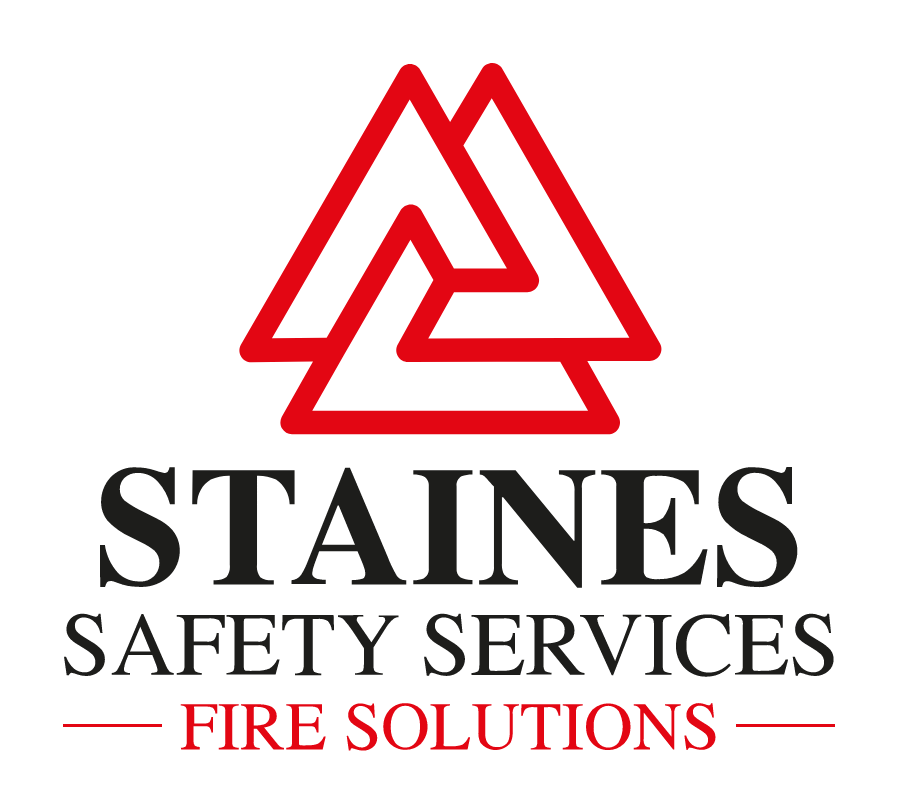
Understanding BS 5266-1: A Guide to Emergency Lighting Compliance
Emergency lighting is a critical component of building safety, ensuring safe evacuation during power failures or emergencies. In the UK, BS 5266-1 is the key standard governing the design, installation, and maintenance of emergency lighting systems. This blog post explores the essentials of BS 5266-1, its importance, and practical steps to ensure compliance.
What is BS 5266-1?
BS 5266-1 is a British Standard that provides detailed guidance on the design, installation, and maintenance of emergency lighting systems in buildings. Updated periodically, the latest version (as of 2016) aligns with modern safety regulations and technological advancements. The standard ensures that emergency lighting systems are effective in guiding occupants to safety during emergencies, such as power outages, fires, or other incidents that impair normal lighting.
Why is BS 5266-1 Important?
Emergency lighting is not just a legal requirement; it’s a lifesaving measure. BS 5266-1 ensures that:
- Safe Evacuation: Illuminates escape routes, exits, and critical areas to prevent panic and guide occupants to safety.
- Compliance: Meets legal obligations under the Regulatory Reform (Fire Safety) Order 2005 and other UK building regulations.
- Reliability: Specifies requirements for system durability, testing, and maintenance to ensure functionality when needed.
- Risk Reduction: Mitigates risks in high-hazard areas, such as stairwells, corridors, and workplaces with dangerous machinery.
Key Requirements of BS 5266-1
BS 5266-1 outlines specific criteria for emergency lighting systems. Here are the core components:
1. System Types
The standard categorizes emergency lighting into:
- Emergency Escape Lighting: Illuminates escape routes and exits.
- Escape Route Lighting: Ensures clear visibility along predefined evacuation paths.
- Open Area (Anti-Panic) Lighting: Prevents panic in large spaces by providing adequate illumination.
- High-Risk Task Area Lighting: Supports safety in areas with hazardous activities or equipment.
2. Illumination Levels
BS 5266-1 specifies minimum light levels:
- Escape routes: At least 1 lux along the centerline (0.5 lux in open areas).
- High-risk areas: At least 15 lux to allow safe shutdown of dangerous processes.
- These levels must be achieved within 5 seconds of power failure and maintained for the system’s rated duration (typically 1-3 hours).
3. Design and Installation
- Risk Assessment: A thorough assessment of the building’s layout, occupancy, and hazards is required to determine lighting needs.
- Luminaire Placement: Emergency lights must be strategically placed at exits, stairways, changes in direction, and near firefighting equipment or call points.
- Signage: Clear, illuminated exit signs compliant with BS EN 1838 must guide occupants to safety.
- Power Supply: Systems must have a reliable backup power source, such as batteries or generators, to operate during mains failure.
4. Testing and Maintenance
Regular testing is crucial to ensure system reliability:
- Monthly Functional Tests: Brief tests to verify luminaire operation.
- Annual Full-Duration Tests: Simulates a full power failure to confirm the system’s rated duration.
- Record-Keeping: A logbook must document all tests, maintenance, and repairs. Maintenance should be carried out by competent professionals, with faulty components replaced promptly.
5. Documentation
BS 5266-1 emphasizes proper documentation, including:
- System design plans and risk assessments.
- Installation certificates.
- Test and maintenance records. This ensures accountability and simplifies inspections by regulatory authorities.
Who Needs to Comply?
BS 5266-1 applies to a wide range of premises, including:
- Commercial buildings (offices, retail, warehouses).
- Public spaces (schools, hospitals, theaters).
- Residential buildings (multi-occupancy, care homes).
- Industrial facilities with hazardous operations.
Building owners, employers, and “responsible persons” (as defined by fire safety regulations) are accountable for compliance.
Steps to Achieve Compliance
- Conduct a Risk Assessment: Identify escape routes, high-risk areas, and lighting needs based on occupancy and building use.
- Engage Professionals: Work with qualified designers and installers familiar with BS 5266-1 requirements.
- Choose Compliant Equipment: Select luminaires and signage that meet the standard’s specifications for performance and durability.
- Implement Regular Testing: Schedule and document monthly and annual tests to ensure system reliability.
- Train Staff: Ensure employees understand emergency procedures and the role of emergency lighting.
- Stay Updated: Monitor updates to BS 5266-1 and related regulations to maintain compliance.
Common Challenges and Solutions
- Challenge: Inadequate lighting in complex buildings. Solution: Use advanced design software to model lighting coverage and ensure no areas are missed.
- Challenge: High maintenance costs. Solution: Opt for LED-based emergency lighting, which is energy-efficient and has a longer lifespan.
- Challenge: Lack of awareness. Solution: Educate stakeholders on the importance of compliance and legal consequences of non-compliance.
Conclusion
BS 5266-1 is the cornerstone of emergency lighting safety in the UK, ensuring that buildings are equipped to protect occupants during emergencies. By understanding its requirements and implementing a robust emergency lighting system, building owners and managers can enhance safety, meet legal obligations, and provide peace of mind. Regular assessments, professional installations, and diligent maintenance are key to staying compliant and keeping safety first.
For more information call 07885982771 or fill in the contact form below:
